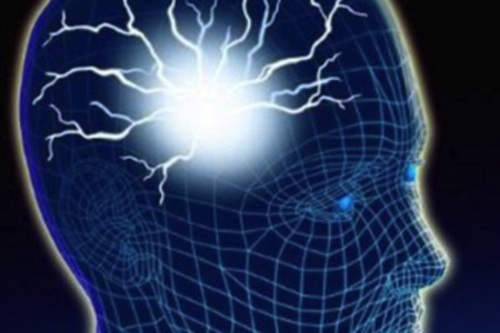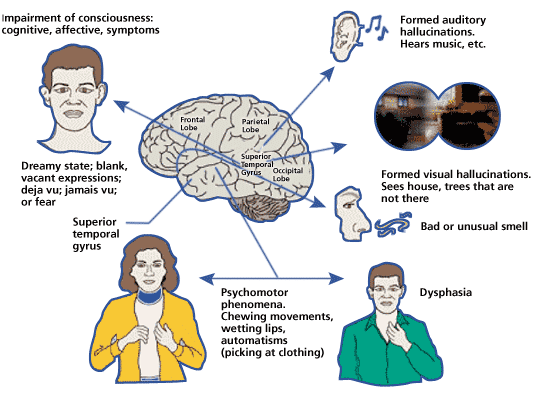There is so much mystery among the lay population about how the brain works, even under normal circumstances. It is very scary to patients and families when things occur that remove one’s ability to control their own brain and bodily functions. Seizures are a prime example of this. There are so many things about seizures that confuse and scare patients and families. Your questions are diverse, during and after the event…
- Is s/he dying?
- Is there a brain tumor or an aneurysm?
- Will there be brain damage afterwards?
- Can s/he drive a car?
And on and on… This Straight, No Chaser will take a look at the causes of seizures. Subsequent posts will address home care, treatment considerations and special circumstances involving seizures.
Here’s an overly simplistic way to understand seizures: Different parts of the brain approximate a map that controls different parts of the body. A seizure results from some abnormal electrical activity occurring after something stimulates a part of the brain. It’s as if the seizure is the scratch to something that made the brain itch.
There are many different conditions that can precipitate a seizure in all its different varieties, including the following:
- Abnormal levels of certain normal substances in the blood (e.g. sodium or glucose)
- Abnormal levels of many different prescribed medications
- Abnormally high blood pressure (malignant hypertension)
- Abuse of street drugs (e.g. angel dust (PCP), cocaine, amphetamines)
- Alcohol withdrawal (and withdrawal from certain other drugs in those addicted)
- Brain infection (e.g. meningitis or encephalitis)
- Brain injury that occurs to the baby during labor or childbirth
- Brain problems that occur before or during birth (congenital brain defects)
- Brain tumor
- Electric shock
- Epilepsy (the condition of having seizures after underlying issues have been addressed)
- Fever (especially in young children)
- Head injury
- Heart disease
- Heat illness (e.g. heat stroke)
- High fever
- Kidney failure
- Liver failure
- Phenylketonuria (PKU)
- Poisonings
- Stroke (cerebrovascular accidents)
- Toxemia of pregnancy
- Venomous bites and stings (snake bite)
In many instances, seizures occur without an identified cause.
Many of you who have seen seizures are familiar with the uncontrollable shakes with loss of consciousness. It’s important to note there are many other symptoms and varieties of seizures. These correspond to the part of the brain being affected.
Here is a list of common symptoms associated with seizures.
- Behavioral and mood changes (sudden anger, unexplainable laughter, fear or panic)
- Brief blackout followed by a period of confusion and transient loss of memory
- Body shaking, muscle spasms, twitching and jerking of arms and legs, picking at clothing
- Drooling or frothing at the mouth
- Eye movements, such as twitching
- Falling
- Grunting and snorting
- Loss of bladder or bowel control during the seizure
- Tasting a bitter or metallic flavor
- Teeth clenching
- Temporary stop in breathing
Although there are many types of seizures, it is less important for you to know how to categorize them than to know how to recognize a potential seizure and when to seek help. The next Straight, No Chaser addresses self-help and treatment considerations in the event of a seizure.
Thanks for liking and following Straight, No Chaser! This public service provides a sample of what 844-SMA-TALK and http://www.SterlingMedicalAdvice.com (SMA) offers. Please share our page with your friends on WordPress, Facebook @ SterlingMedicalAdvice.com and Twitter at @asksterlingmd.
Copyright © 2014 · Sterling Initiatives, LLC · Powered by WordPress.





